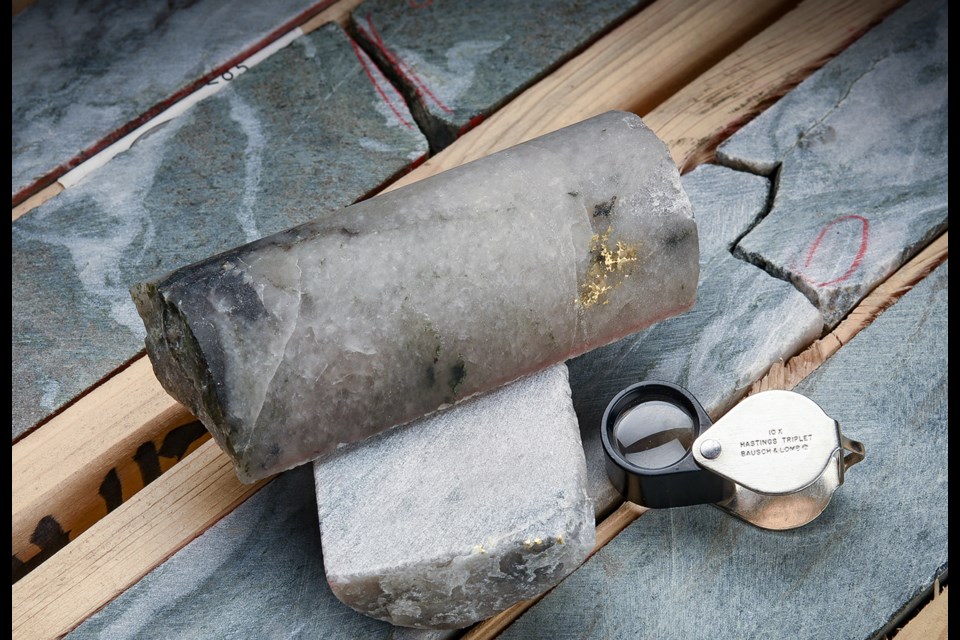Kinross Gold is wasting little time in advancing its Great Bear project, outside Red Lake, toward production.
In posting its second quarter earnings and production results, the Toronto gold miner is ramping up its exploration efforts in the northwestern Ontario mining camp.
The company is making plans to go underground by carving out a decline at Great Bear to grab a bulk sample for metallurgical analysis while also probing deeper around its high-grade deposit, known as the LP Fault Zone. to look for gold extensions.
A bulk sample involves going underground to extract a large tonnage of mineralized rock to confirm the quality and grade of a deposit.
Doing this kind of advanced exploration work will require filing for a provincial permit.
Kinross is one of the world’s largest mining companies with operations and exploration projects in Canada, the U.S., Brazil, Mauritania and Chile. The company reported net earnings of $151 million in its second quarter.
The Great Bear Project is 25 kilometres southeast of the town of Red Lake in an area that’s been extensively explored over the years but never mined.
Kinross has high hopes that Great Bear will become a top tier, open-pit and underground operation.
Kinross finalized its acquisition of Great Bear Resources and its Dixie Project in February 2022. The project’s first-ever mineral resource was published last February showing 2.7 million ounces of indicated resources and 2.3 million ounces of inferred resources.
The deposit looks to get a lot bigger.
During the quarter, 56,000 metres of drilling was carried out down to depths of a half kilometre to a kilometre.
Want to read more stories about business in the North? Subscribe to our newsletter.
Based on the high-grade quality of assay results to date, Kinross said Great Bear shows the potential to be a "large, long-life mining complex."
A revised gold estimate will be out by year's end.
Kinross has yet to release a preliminary economic assessment of what a mine at Great Bear could look like, but reported this week that it's conducting "feasibility-level engineering" for a future mine site.
The procurement process has already started ordering long lead items to establish an advanced exploration camp with power infrastructure and a water treatment plant.
Subject to receiving permits, Kinross said it's aiming at a potential start of surface construction for a camp sometime in 2024.
Meanwhile, Kinross' drilling program continues unabated in and around the main area of focus, the LP Fault Zone, and into two promising, but unexplored, areas known as the Hinge and Limb Zones.
To better reflect the step-up in activity, the company said it's inked an advanced exploration agreement with Wabauskang and Lac Seul First Nations, replacing an earlier exploration agreement. The Great Bear site is on the traditional territory of these two communities.
Kinross President-CEO J. Paul Rollinson commented that "respect, collaboration and consideration for our First Nation partners is central to our licence to operate in the area."
“This advanced exploration agreement marks an important milestone in our relationship with Kinross,” added Lac Seul Chief Clifford Bull in a statement. “We look forward to building a strong relationship based on shared prosperity and respect for all of Creation.”
Our destiny has arrived,” said Wabauskang Chief Bill Petiquan. “Today we stand with Kinross as Brothers, it is written in the wind. We will walk the same path the Creator left us.”
